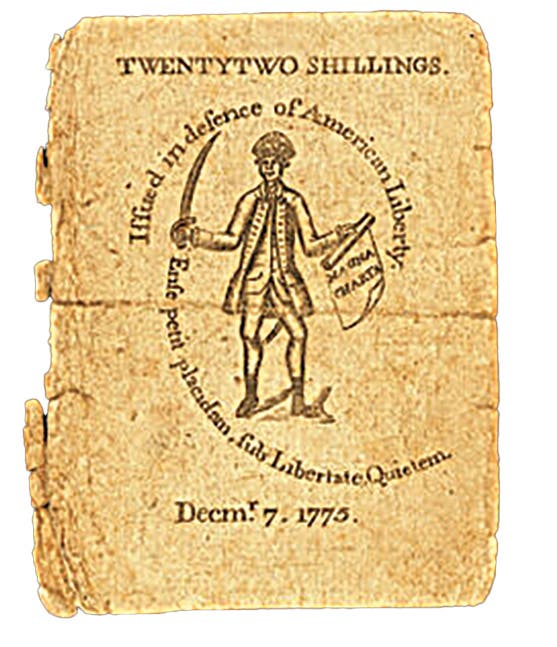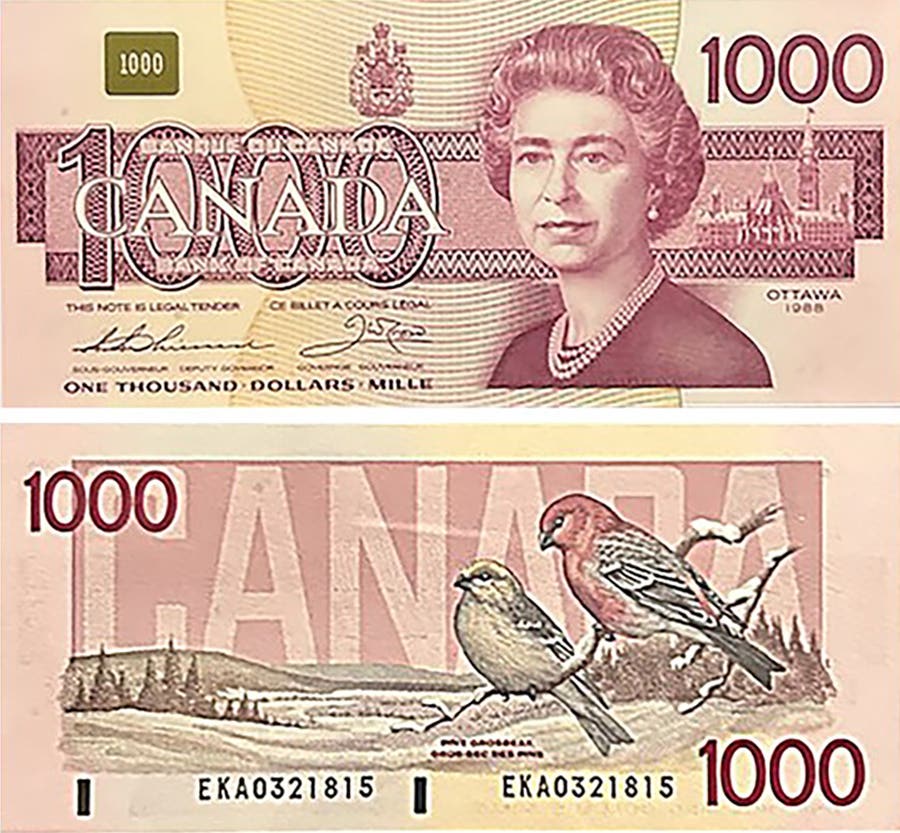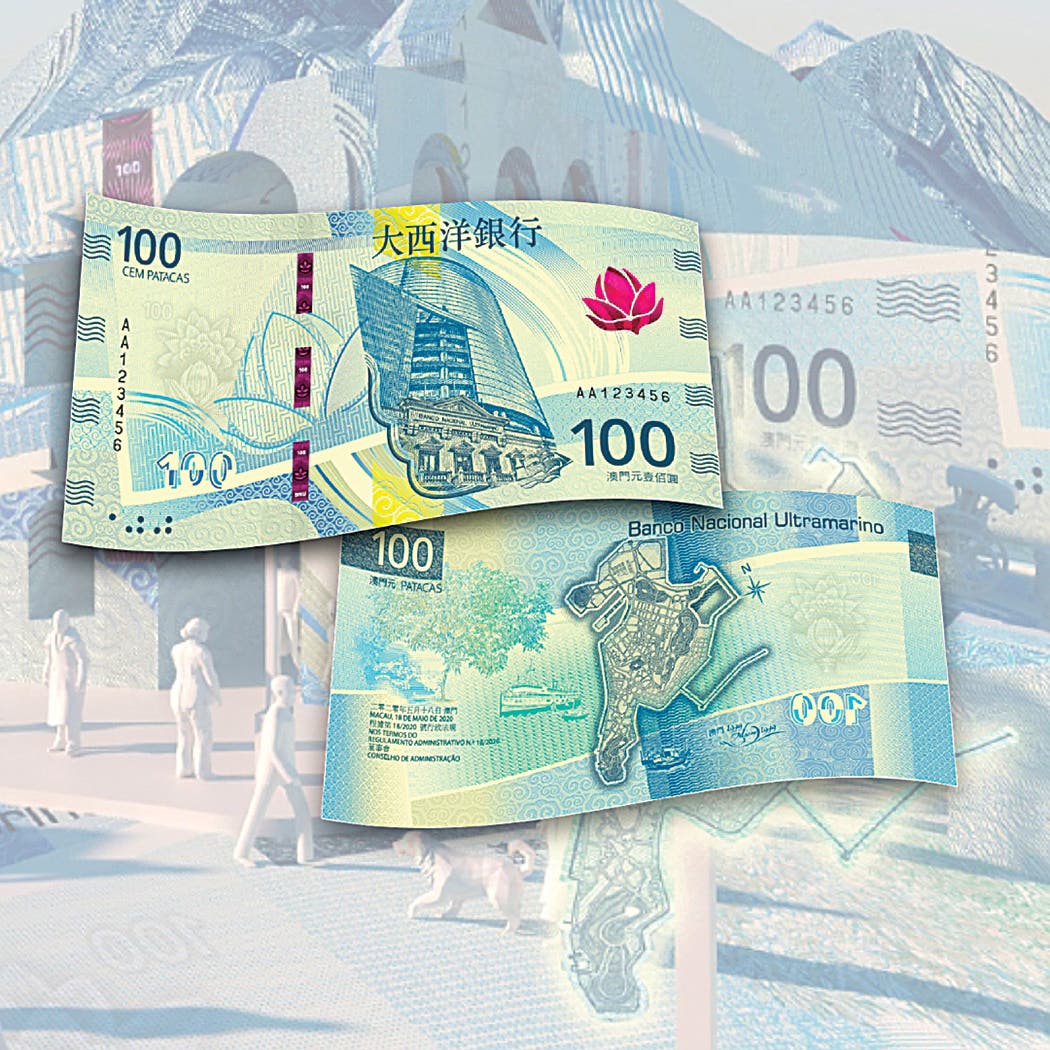Proof of the Month: 1869 Treasury Note
By Peter Huntoon Shown is a $50 Series of 1869 Treasury Note proof (top) of a design in the rainbow series that was not used. Instead the adopted design (Fr.151)…
By Peter Huntoon
Shown is a $50 Series of 1869 Treasury Note proof (top) of a design in the rainbow series that was not used. Instead the adopted design (Fr.151) features the portrait of Henry Clay (bottom). The rainbow notes replaced the 1862/3 designs that were the target of counterfeiters. Gene Hesslers’ essay, Proof and Specimen, shows a photo of a die proof of the unissued design and an illustration of a back that probably was going to be mated to it (35). What is unusual is that there is a 4-subject proof of the unissued design from a production plate among the BEP proofs in the Smithsonian, revealing that the design had advanced to the production phase before being supplanted. The 4-subject proof sports plate letters and plate serial number 1 under the left plate letters.
The proof shown here of Fr.151 differs from the issued notes in that the plate letter and accompanying plate number 1 to the left moved to a new position under the circular 1866 paper patent date on the right side, so that it and the red tombstone would not interfere with each other. Three production plates were made for Fr.151, numbered 1 through 3, but the left plate letter and number only had to be moved on plate 1. Although these notes are labeled Treasury Note, they are legal tender notes authorized by the Act of March 3, 1863, and are cataloged as such. That same act provided for the first issues of fractional currency and gold certificates, and for additional issues of legal tender notes.
This article was originally printed in Bank Note Reporter. >> Subscribe today.
If you like what you've read here, we invite you to visit our online bookstore to learn more about Standard Catalog of United States Paper Money.








